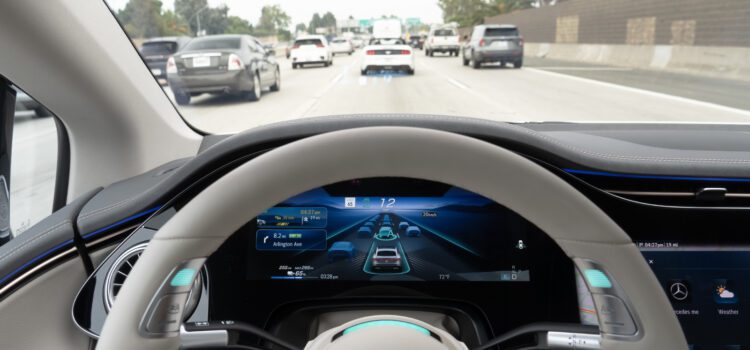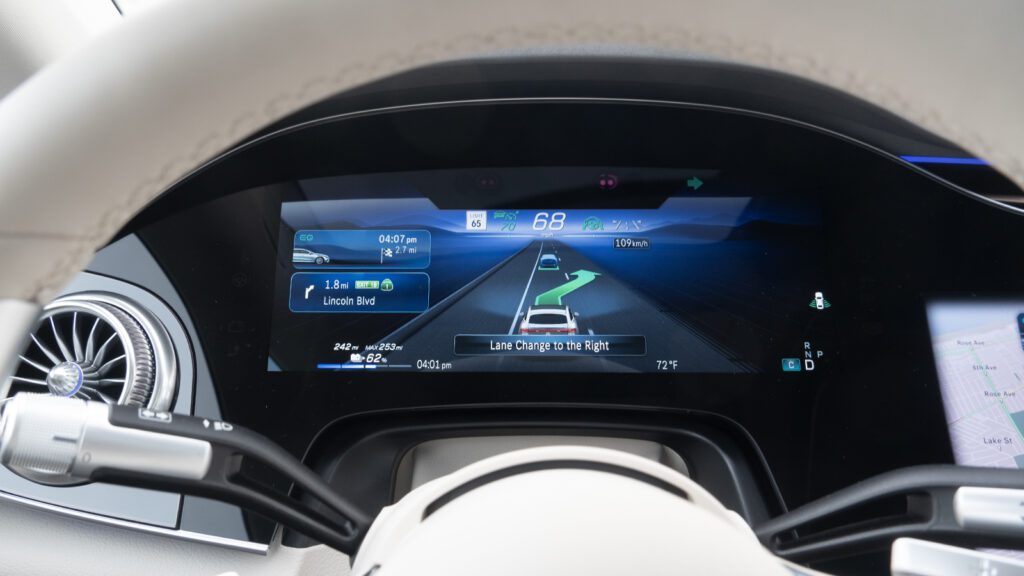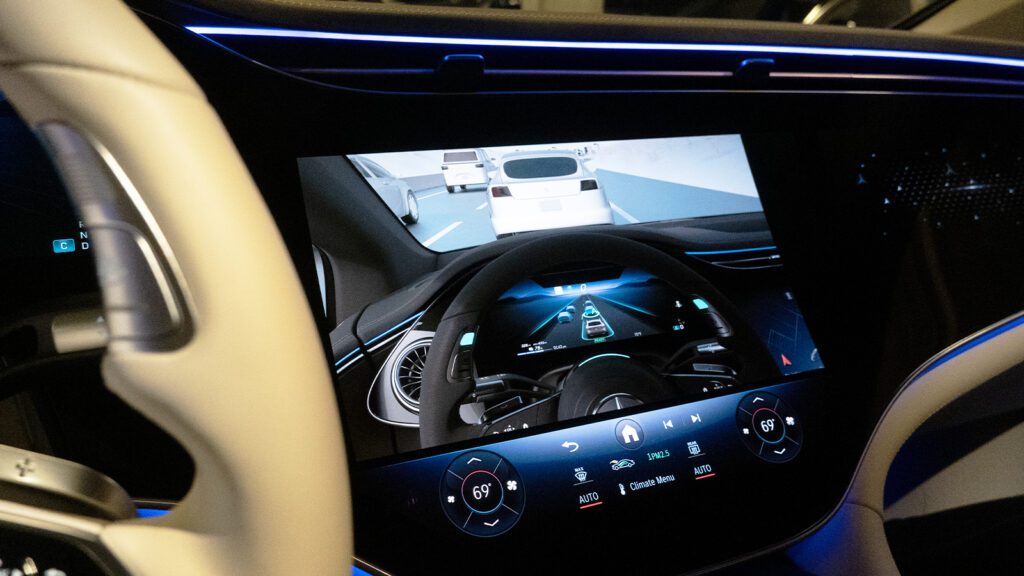Ultra Cruise is dead and GM has killed it
Semi-autonomous driving assistance features are becoming more common and more popular among buyers, but General Motors recently changed course with a decision to abandon its upcoming Ultra Cruise feature in favor of an enhanced version of its existing Super Cruise system.
Super Cruise has been around for a few years now and has expanded into Chevrolet vehicles from its start with Cadillacs. Ultra Cruise was touted as the next big thing, allowing hands-free driving in neighborhoods and city streets instead of being limited to highways. The system would have been a direct competitor for Tesla’s Full Self-Driving (FSD) technology and was expected to be the premium offering in GM’s vehicles, but the move to stick with Super Cruise could be less confusing for buyers.
The $340,000 Cadillac Celestiq was scheduled to be the first vehicle with Ultra Cruise, but GM said it wouldn’t be available at launch. GM is adamant this change has nothing to do with the challenges it’s experienced with its autonomous vehicle development arm, Cruise. The automaker told several publications that it wants to focus more resources on Super Cruise instead of expanding into a new product.
While this might disappoint buyers hoping for a more involved autonomous driving system from GM, Super Cruise is far from a terrible consolation prize. The function works on more than 400,000 miles of highways in North America, and the move to combine Ultra Cruise efforts with the system will likely yield dramatic improvements in urban areas.
GM hasn’t detailed plans to roll out new features for Super Cruise, nor has it said when or if the multiple-six-figure Celestiq would receive the updated features. At the same time, Tesla is facing investigations over its use of driver monitoring tech while semi-autonomous features are active, so it could be a good time for GM to make inroads with its tech.





